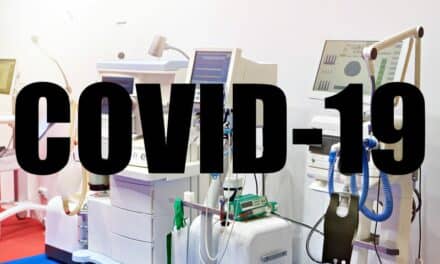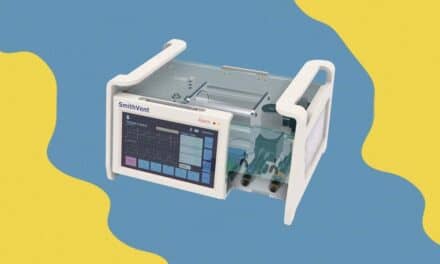Amsterdam-based Royal Philips has debuted the noninvasive Philips Ventilator BiPAP A40 EFL. With this launch, Philips extends its homecare solutions with a new ventilation therapy feature for chronic obstructive pulmonary disease (COPD) patients to breathe easier. Now, pulmonologists can identify COPD patients with expiratory flow limitation (EFL) and treat them with targeted therapy to reduce symptoms and increase their comfort while sleeping. The BiPAP A40 EFL ventilator continuously and optimally adjusts pressure based on patient needs.
BiPAP A40 EFL is the first noninvasive ventilator that allows healthcare professionals to automatically screen for and detect EFL, then provide optimal homecare therapy to dynamically and automatically abolish EFL. This helps to reduce the patient’s work of breathing. Built with Philips’ ExpiraFlow technology, BiPAP A40 EFL is designed to connect across the care pathway—from diagnostic work to point of care therapy—to enable informed clinical decisions and optimize ventilation therapy, even remotely.
“ExpiraFlow Technology represents a shift in the paradigm of ventilator COPD management toward more personalized therapy, which automatically optimizes ventilation to the individual needs of the patient,” says Peter Calverley, professor of respiratory medicine, School of Aging and Chronic Disease at the University of Liverpool.
“By monitoring the presence of EFL on a breath-by-breath basis, the A40 EFL system can automatically adjust therapy pressures to ensure efficient lung emptying and better gas exchange,” Calverley adds. “This new focus allows us to consider individual differences in lung mechanics and gas exchange when managing complex respiratory patients.”
Moreover, the BiPAP A40 EFL leverages Philips’ connected solution platform to streamline diagnostic work through integration to Philips Alice sleep lab and home diagnostic systems. When prescribed and used in the home, the BiPAP A40 EFL connects to the Philips Care Orchestrator cloud-based care management system. By making it easier to analyze and share information, this connectivity enables providers to identify and prioritize patients who are in need of therapy intervention to better manage chronic respiratory patient care from hospital to home.





